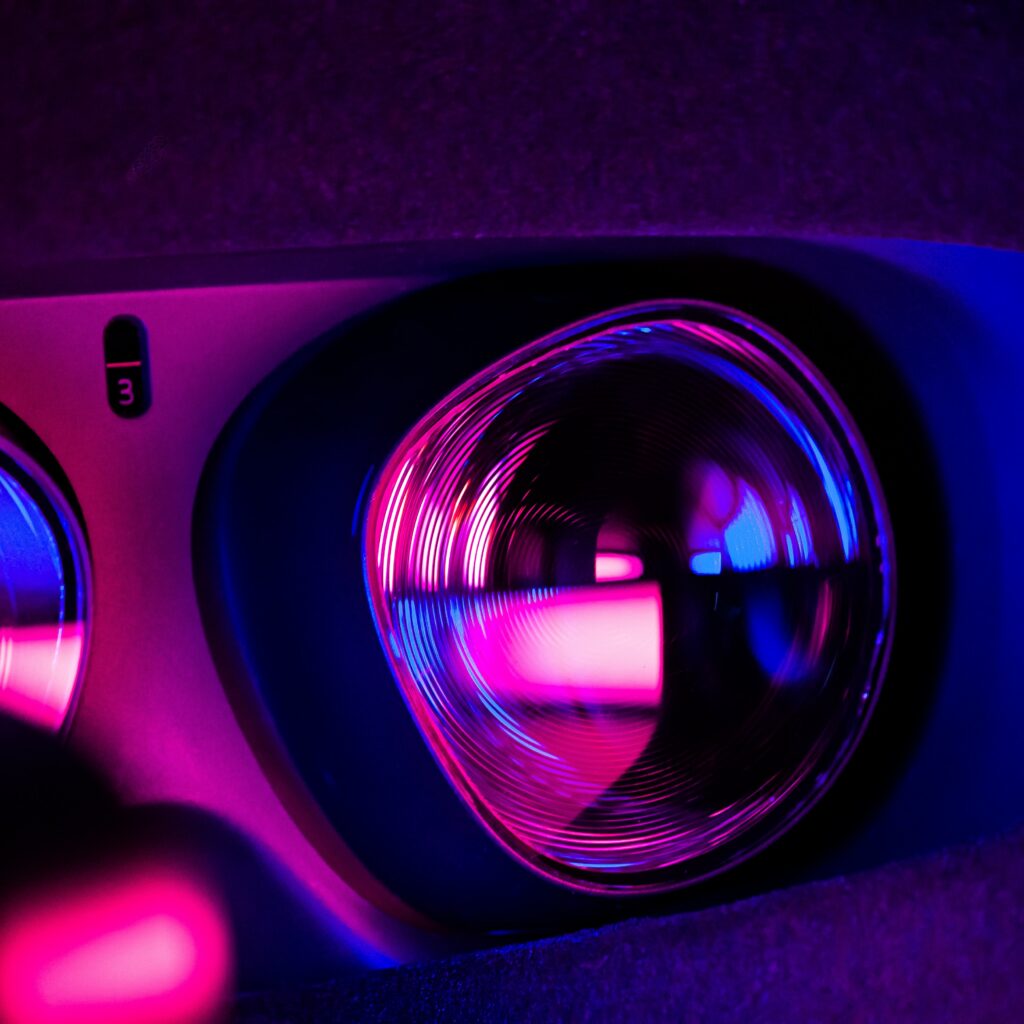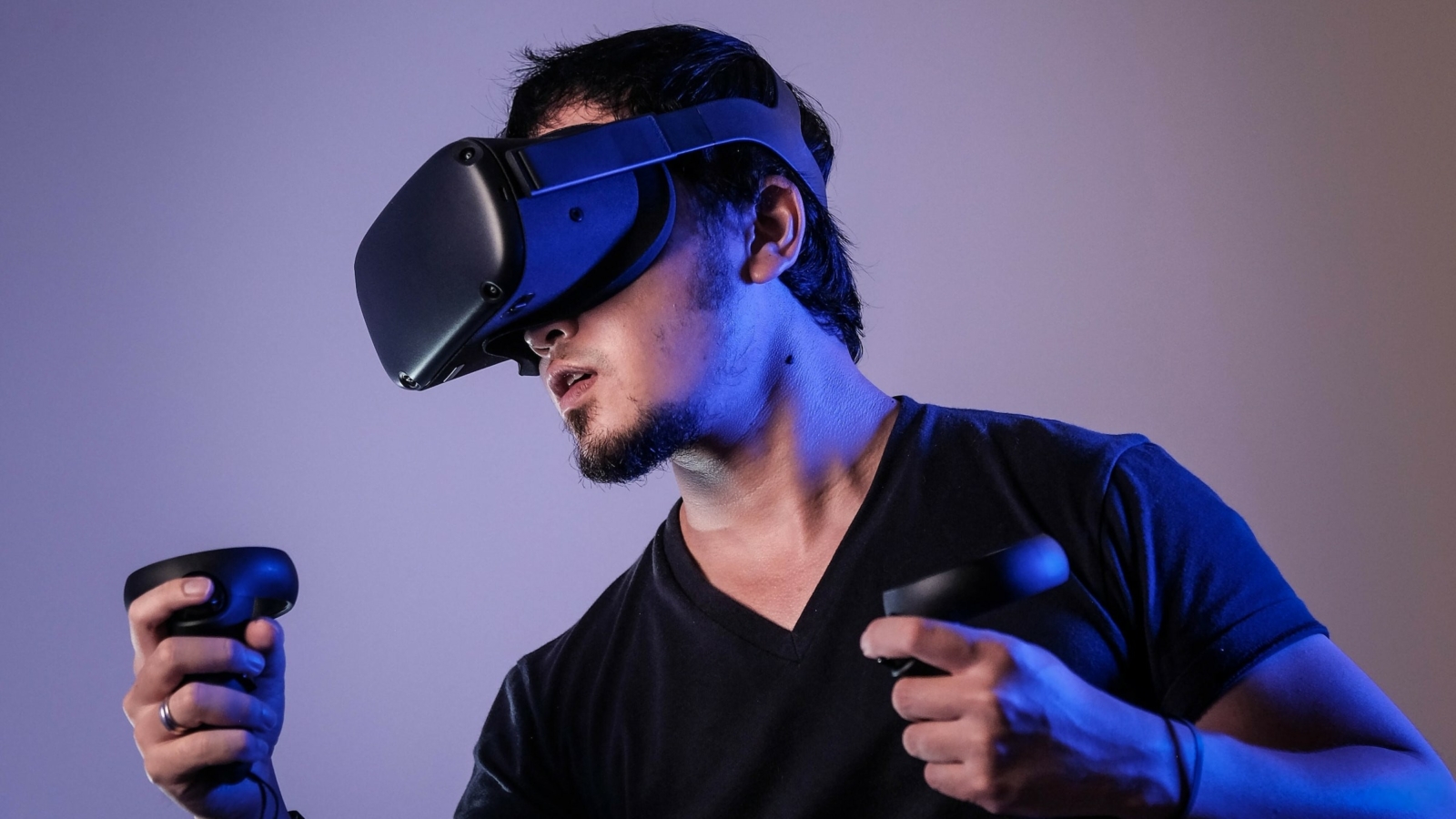We all have been in the mesmerizing world of virtual reality at least once. The design for VR has been around for quite some time, but still designing virtual reality games isn’t a piece of cake. It requires you to play with complex coordinates, and if you are a VR game designer, you know exactly the precision we are talking about.
Though designing VR games is challenging, you can always use some tips to become a better VR game designer.

So what should you do to be better at designing virtual reality games?
If that’s your question, then you are reading the right article. Here we will cover some of the essential tips and tricks to help you design virtual reality games. Let’s get started!
1. Ensure The Game Is Intuitive & Leverage The Environment In Your Design For VR Game
When designing VR games, you must make the game intuitive. VR is a new field, so the games should be easy to comprehend and play. Ensure that you give concise and clear tutorials which are suitable for players of all skill levels.
Furthermore, ensure that the game mechanics are easy for players. And since it’s a VR environment instead of a traditional one, you must design games that let players interact with the 3D world. Make your game mechanics and experiences unique while ensuring that you take advantage of the virtual world to a whole new level.
2. Keep The Player’s Physical Comfort In Your Mind
VR games can be overwhelming for players, so as a VR game designer, you have to keep the physical comfort of the players in mind when designing the game. If the physical comfort of a player isn’t put into consideration when developing VR games, it can lead to motion sickness and other physical discomforts.
Ensure that the final game environment is comfortable for players; you can do this by limiting the movement speed of the players and by providing comfortable camera angles while in virtual reality. While developing VR games, you should also keep the game’s pacing in mind.
Virtual reality is an immersive experience, but players can get tired of games. So ensure that you consider the game’s pacing and provide various features to players to help them stay indulged throughout the game.
3. Test Your Game & Ensure It’s Replayable
Once you are done with the developing part, test your game thoroughly. The goal is a VR game free from glitches and technical issues. You should also test your game on multiple hardware configurations before launching your game to the general public.
Furthermore, ensure that the game you develop is replayable. Development of virtual reality games isn’t easy, and it takes a lot of time, effort, and money from developers.
So you must develop a game that players want to return to. You can do so by adding different ways to play the game, have in-game social features or even add multiplayer if your game design supports it.
Conclusion
Designing a good VR game takes a lot of time and effort but is rewarding. You will face bugs and glitches while developing, so ensure that you are determined while designing virtual reality games. However, ensure that you have everything planned for your game so your final product offers a phenomenal experience.



